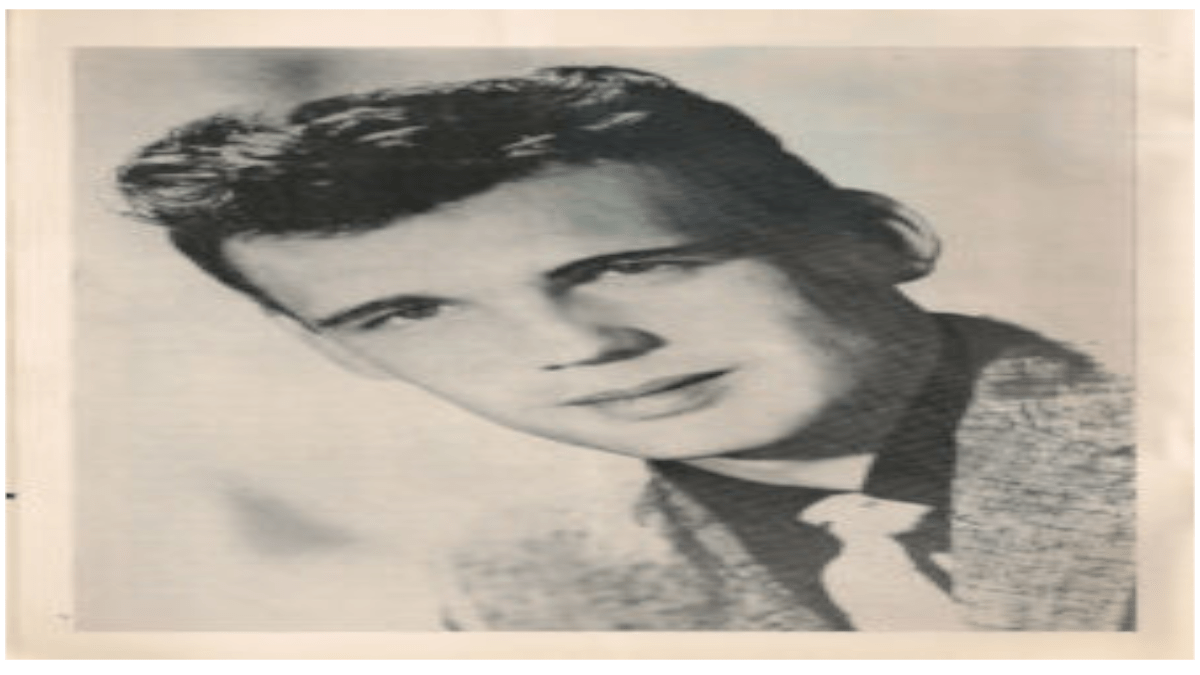Duane Eddy, often hailed as the “King of Twang,” is one of the most influential guitarists in the history of rock and roll. Known for his distinctive low, reverberating guitar tones, Eddy revolutionized the use of the instrument in popular music, carving out a sound that would become a hallmark of early rock and roll. His pioneering use of the guitar as a lead instrument and his ability to blend rock, country, blues, and surf elements made him a trailblazer and a lasting inspiration for generations of musicians.
This article explores Duane Eddy’s career, his unique style, and his approach to three of his most admired works: Rebel Rouser, Peter Gunn, and Shazam!. We’ll delve into their backgrounds and provide insights into how you can recreate their iconic sounds.
A Pioneer of Twang: Duane Eddy’s Career
Born in 1938 in Corning, New York, Eddy moved to Arizona during his teenage years, where he developed a love for country music. It was there he met his future collaborator and producer, Lee Hazlewood. Together, they crafted a sound that emphasized Eddy’s deep guitar tones, often played on his Gretsch 6120 guitar through an amplifier modified to produce echo and reverb.
Eddy’s breakthrough came in 1958 with the hit single Rebel Rouser. The track showcased his twangy guitar style, a mix of melody and rhythm with a compelling echo effect. Throughout the 1950s and 1960s, Eddy released numerous hits and became a global sensation. With over 12 million records sold by the early 1960s, he earned a place in the Rock and Roll Hall of Fame in 1994.
Key Elements of Duane Eddy’s Style
1. Twangy Tone
Eddy’s signature sound came from his use of the lower strings of the guitar to create deep, resonant melodies. His choice of guitar and amp settings played a significant role, as did his use of heavy flat-wound strings.
2. Melodic Simplicity
His compositions are straightforward yet incredibly effective. They are built around strong hooks that stick in your mind, making them perfect for beginners and advanced players alike.
3. Echo and Reverb
Eddy’s recordings often feature echo effects, achieved through innovative studio techniques, and spring reverb, adding depth and space to his sound.
Exploring Three Iconic Duane Eddy Tracks
1. Rebel Rouser (1958)
Background:
Rebel Rouser was Eddy’s breakout hit and remains his most recognizable tune. The track’s infectious energy comes from its mix of rockabilly rhythm and bluesy melodies, accompanied by a vibrant saxophone section. Lee Hazlewood produced the song, emphasizing the echo and twang that became Eddy’s trademark.
How to Play It:
- Key and Tuning: The song is in A major. Use standard tuning (EADGBE).
- Main Riff: The riff revolves around a combination of double-stops and slides on the lower strings. Start with the 5th and 6th strings at the 5th fret and slide into position.
- Tone Tips: Use the bridge pickup on a semi-hollow or hollow-body guitar. Add a touch of slapback echo and a generous amount of spring reverb to replicate Eddy’s sound.
The simplicity of the riff makes Rebel Rouser accessible for beginners, but the phrasing and dynamics offer depth for more advanced players.
2. Peter Gunn (1959)
Background:
This cover of Henry Mancini’s Peter Gunn Theme became one of Duane Eddy’s most celebrated tracks. The track’s driving rhythm and dark, moody vibe elevated it beyond a mere TV theme into a rock classic. Eddy’s version showcases his ability to reinterpret melodies with a fresh, rock-oriented edge.
How to Play It:
- Key and Tuning: The song is in E minor. Use standard tuning.
- Main Riff: The iconic riff is built around alternating notes on the low E string with power chords on the A and D strings. Palm muting is crucial to give the riff its percussive quality.
- Tone Tips: For authenticity, use a Gretsch or a similar guitar with humbuckers. Dial in a medium gain setting with plenty of reverb and some tremolo if available.
The song’s relentless groove is a great exercise in rhythm guitar playing, and its simplicity makes it a favorite for jam sessions.
3. Shazam! (1960)
Background:
Shazam! is an electrifying instrumental showcasing Eddy’s ability to mix playful melodies with a driving rock beat. The track features rapid picking and a call-and-response style interplay between the guitar and backing instruments.
How to Play It:
- Key and Tuning: The song is in G major. Use standard tuning.
- Main Riff: The riff incorporates quick, repeated notes on the low strings, punctuated by harmonized double-stops higher on the neck. Speed and precision are essential for capturing its energy.
- Tone Tips: Set your amp for a clean tone with reverb. For added authenticity, experiment with a slapback delay effect.
Practicing Shazam! will enhance your picking speed and improve your sense of syncopation, making it a valuable addition to your repertoire.
Gear Tips for Duane Eddy’s Sound
Guitars:
- Gretsch 6120: This semi-hollow body guitar with Filter’Tron pickups is synonymous with Eddy’s tone.
- Danelectro or Guild guitars: These were also used by Eddy in his later years.
Amplifiers:
- Fender Bassman or Twin Reverb: These amps, known for their clean headroom and punchy tone, complement Eddy’s style perfectly.
Effects:
- Echo/Delay: A slapback delay (set to 100-150ms) emulates the tape echo effect used in Eddy’s recordings.
- Reverb: Use a spring reverb for that classic surf-rock ambiance.
- Tremolo: Some tracks benefit from the addition of a subtle tremolo effect.
Why Duane Eddy Matters Today
Duane Eddy’s influence on guitar playing is immense. Artists like George Harrison, Hank Marvin, and even modern players like Jack White have cited him as a key influence. His ability to fuse genres and create a distinct sonic identity paved the way for the guitar to take center stage in popular music.
Learning from Duane Eddy
Studying Eddy’s music is a masterclass in simplicity, tone, and musicality. His songs emphasize the importance of melody and demonstrate how to use effects to enhance rather than overshadow the music.
Conclusion
Duane Eddy’s career is a testament to the power of innovation and a strong musical identity. His ability to craft timeless tunes with simple yet effective guitar techniques has earned him a permanent place in the pantheon of great guitarists. Songs like Rebel Rouser, Peter Gunn, and Shazam! not only define an era but also serve as enduring lessons for guitarists of all levels.
So grab your guitar, dial in some twang, and let the spirit of Duane Eddy guide your playing. After all, as Eddy himself proved, sometimes less is more—especially when it comes with a side of twang.

